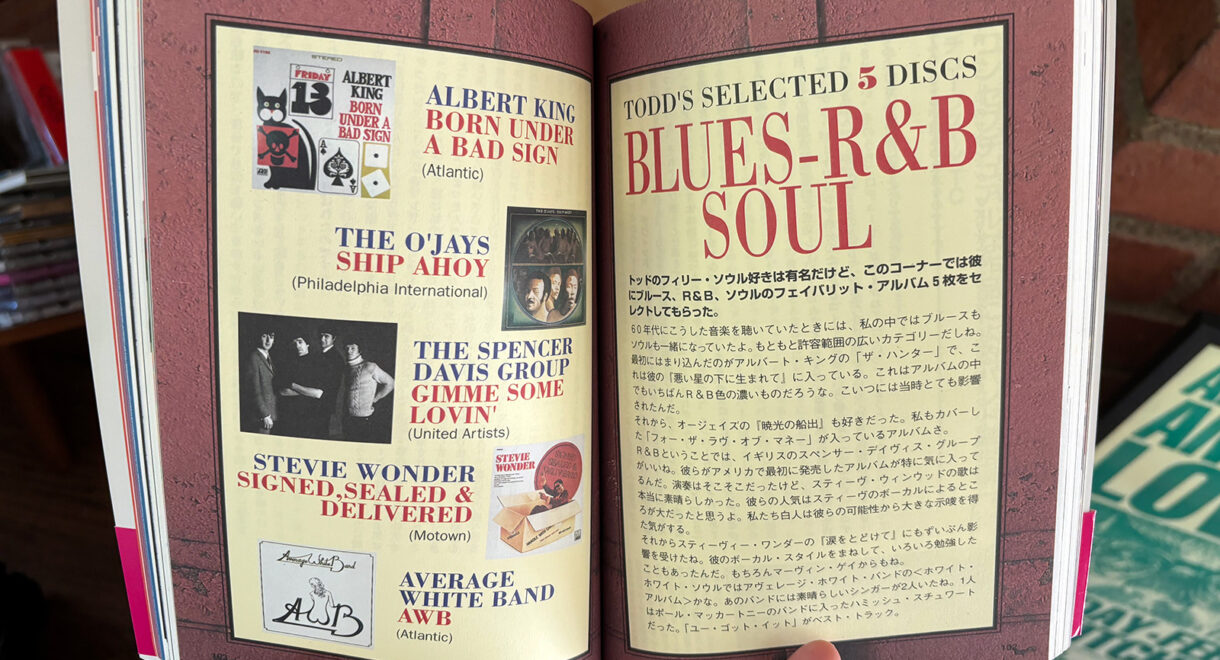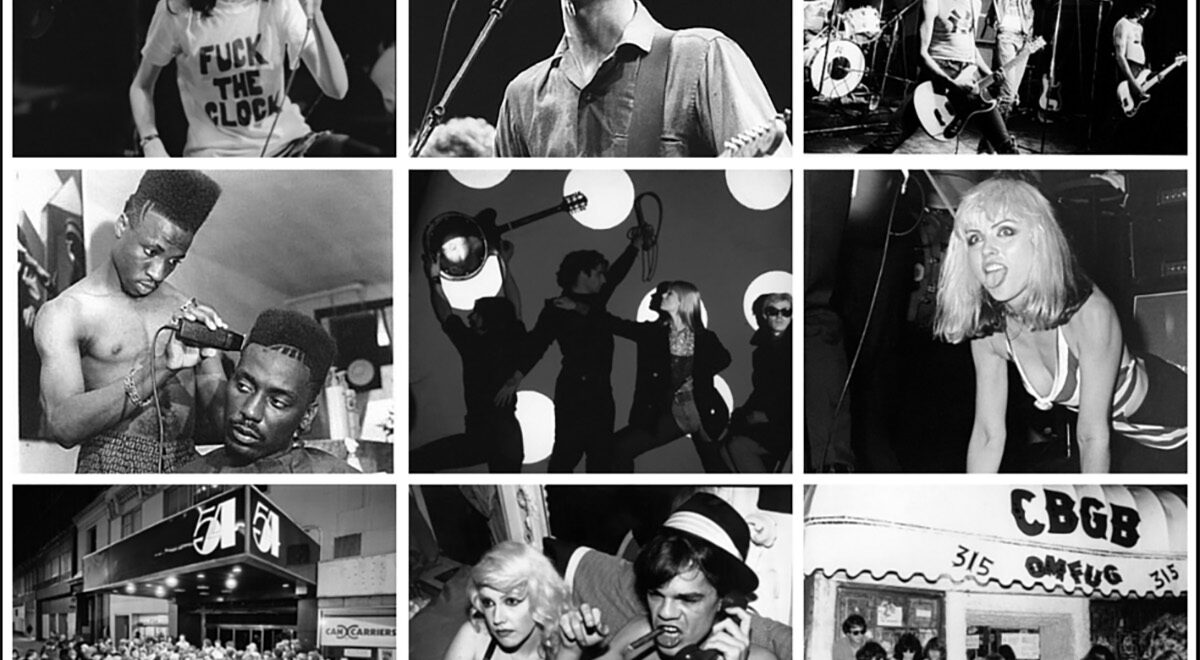10 Selects from Todd Rundgren pulled from a 1997 Japanese music research book on Todd Rundgren. I recently picked up a Japanese music book titled Todd Rundgren – […]
Dilla Time: Dan Charnas’ new book breaks down the genius of J Dilla

The producer born James Yancey changed the way hip hop could sound.
Last week something wonderfully weird happened: A definitive biography of the great beat producer J Dilla entered the New York Times bestseller list in the top five. Weird because when he died in 2006, the artist, born James Yancey, was hardly best-seller material – even if his brilliant work told a different story.
Written by Dan Charnas, the book, Dilla Time, is a revelatory exploration of the ways in which the producer changed music through a mastery of his primary instrument, the sampler. The book’s subtitle captures Charnas’ central argument: “The life and afterlife of J Dilla, the hip hop producer who reinvented rhythm.”
Writes Charnas, an author and NYU professor who formerly wrote for The Source, scouted talent for Profile Records and ran American Recordings’ rap division: “[Dilla] is the only producer-composer to emerge from hip hop and, indeed, all electronic music to fundamentally change the way so-called traditional musicians play. And the core of Dilla’s contribution is a radical shift in how musicians perceive time.”
One listen to Dilla’s crazy beat for “Clap 4 Me” proves his point: It wobbles – not lazily, but very, very precisely.
Dilla Time goes deep both with Yancey’s technique and his inspirations, moving chronologically from Detroit to New York to Los Angeles while detailing the profound connections and enablers he met along the way, Q-Tip, D’Angelo, De La Soul, Common, Delicious Vinyl, Stones Throw/Peanut Butter Wolf, Madlib, Eothan “Egon” Alopatt and dozens more.
To give you a sense of the book’s remarkable breadth, here’s the L entry of its index:
- “Lady Cab Driver”
- Lamar, Kendrick
- Lamb, Faith
- Lamb, Maurice “Bobo”
- Larks
- Laub, Dave
- LA Weekly
- Leaders of the New School
- Led Zeppelin
- Lee, Spike
- “Left and Right”
- Lefto, DJ
- Legend, John
- Leimberg, Josef
- “Let’s Grow”
- “Let’s Ride”
- “Let the Dollar Circulate”
- Levine, Micheline
- Lewis, Terry
- Licensed to Ill
- “Light, The”
- Like Water for Chocolate
- Linn, Roger; drum machines of
- Listening, The
- Little Beaver
- Little Brother
- Little Richard
- LL Cool J
- “Look of Love, The”
- Los Angeles, Calif.
- Louis Hayes Group
- Lowe, Saunte
- Low End Theory
- Lundvall, Bruce
- Lupus; Alliance for Lupus Research; James’s diagnosis of; Maureen’s diagnosis of”
Which is to say, Dilla Time offers so much data that you’ll exit the book with the equivalent of a graduate degree in Yancyism.
Here are a few of the many excellent illustrations and graphics from the book. They convey the ways in which Dilla tapped his MPC sampler’s then-innovative capabilities for messing with rhythm and timing.


Charnas writes in the book’s introduction that since Dilla’s death, his legacy has developed a kind of aura to it, as though the producer was somehow “touched.” But, the writer adds, that’s not the best lens through which to analyze his work:
In promoting J Dilla merely as a musical mystic, even the greatest Dillaphiles miss something crucial: what J Dilla actually did, how he did it, and why it is important. J Dilla’s music was an act of calculation as well as feeling; two legitimate but different kinds of intelligence. Some of his closest collaborators agree. As DJ Jazzy Jeff told me: “You can follow the method and you won’t have the feeling. You can have the feeling but no success because you have no method.” D’Angelo agrees that time itself can be both felt and measured: “You can do both,” he says. “Beat machines taught us that.“
Dilla Time is an essential read, but not just for hip hop fans. It’s a crucial book on rhythm, style, programming, music history and artistic collaboration. For those who already understand Dilla’s power, the tome confirms his brilliance. The less knowledgeable listeners who are looking to understand the “Why of Dilla” will likely be in for a lightning bolt musical epiphany. You’ll never hear rhythm the same way again.
Charnas compiled a breathtaking playlist of every track mentioned in Dilla Time – by Dilla himself, those he sampled and were inspired by, and his collaborators. It’s nearly 20 hours long and contains 273 songs.










